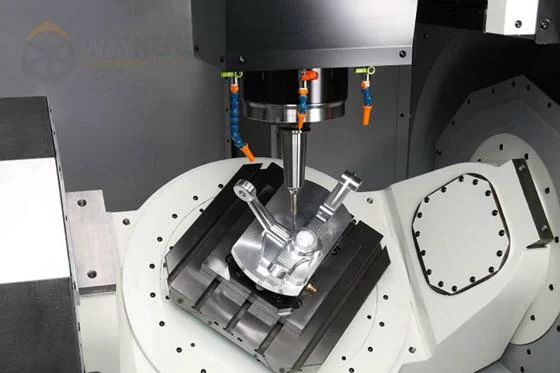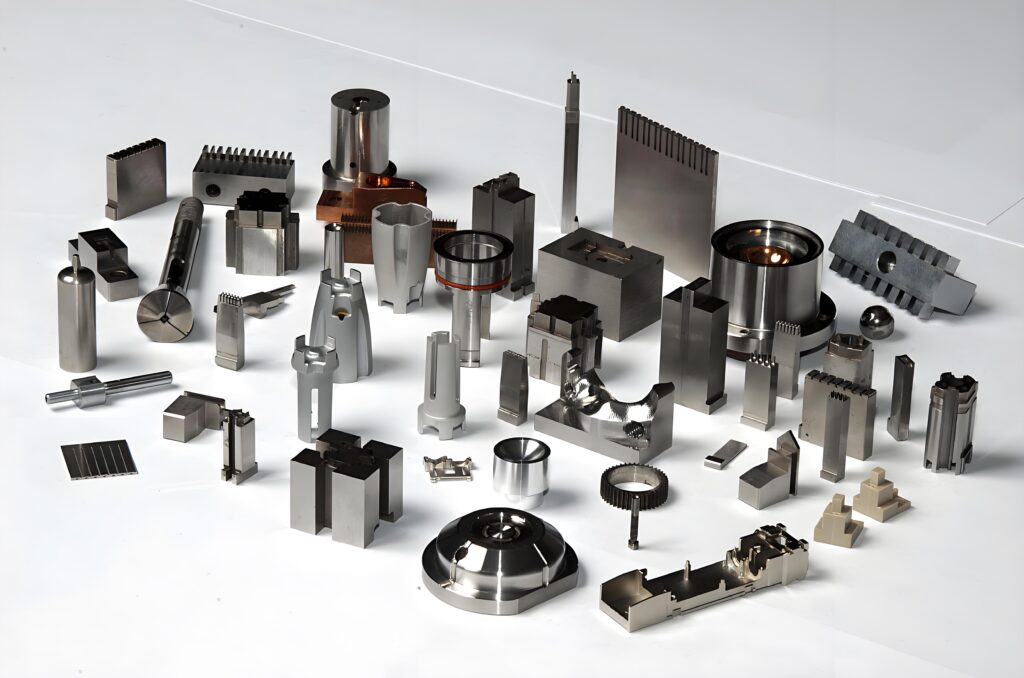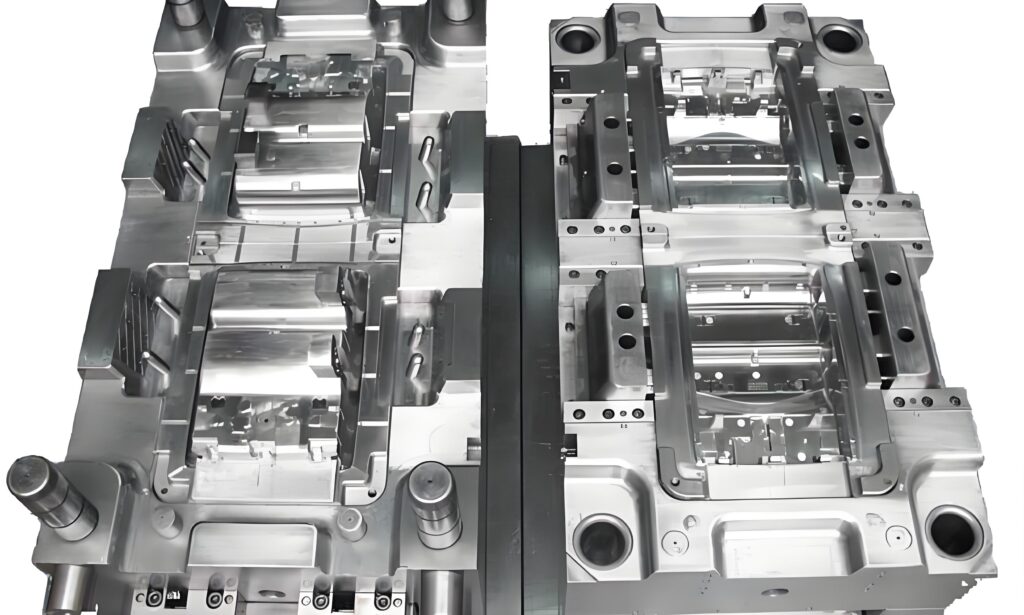CNC machining is a cornerstone of modern manufacturing, enabling precise production of complex parts for industries ranging from aerospace to medical devices. However, even with advanced CNC technology, poor design choices can lead to increased costs, longer lead times, or even part failure. In this guide, we’ll explore practical strategies to design CNC machining parts that balance performance, cost, and machinability, while leveraging high-demand materials like aluminum and optimizing critical factors such as tolerance and surface finish.
1. Key Principles of CNC-Friendly Design
1.1 Minimize Complex Geometries
While CNC machines excel at creating intricate shapes, overly complex designs can drastically increase machining time and costs.
- Avoid deep cavities: Requires long tool reach, increasing vibration and tool wear.
- Simplify internal features: Use standard drill sizes for holes instead of custom diameters.
- Opt for 2.5-axis machining where possible (e.g., pockets with vertical walls).
Pro Tip: Use 3D printing or rapid prototyping to test complex geometries before committing to CNC production.
1.2 Design for Tool Access
CNC tools (e.g., end mills, drills) have physical limitations. Ensure your design accommodates them:
- Add radii to internal corners: Tools cannot create sharp 90° corners. A radius slightly larger than the tool’s diameter is ideal.
- Avoid tall, thin walls: Prone to vibration; maintain a width-to-height ratio of ≤3:1.
- Ensure clearance for tool movement: Deep, narrow slots may be unmachinable.
2. Material Selection: Balancing Cost and Performance
The choice of material directly impacts machinability, surface finish, and total project cost. Below are popular options and their design implications:
| Material | Pros | Cons | Best For |
|---|---|---|---|
| Aluminum 6061 | Low cost, lightweight, easy to machine | Lower strength vs. steel | Consumer electronics, automotive |
| Stainless Steel 316 | Corrosion-resistant, durable | High machining cost, tool wear | Medical devices, marine parts |
| Titanium Grade 5 | High strength-to-weight ratio | Expensive, difficult to machine | Aerospace, implants |
Design Tip: For prototypes, start with aluminum to reduce costs. Switch to higher-performance materials (e.g., titanium) only after validating the design.
3. Tolerance Optimization: Precision vs. Practicality
Tighter tolerances improve part accuracy but escalate costs due to:
- Longer machining time.
- Specialized tooling.
- Increased scrap rates.
Rule of Thumb:
- Standard tolerance: ±0.1 mm (±0.005″) for non-critical features.
- High precision: ±0.025 mm (±0.001″) for mating surfaces or bearing fits.
Example: A bracket mounting hole may only need ±0.2 mm tolerance, while a surgical tool component might require ±0.01 mm.
4. Surface Finish: Functionality and Aesthetics
Surface finish impacts both performance and appearance. Common options include:
- As-machined: Low cost, visible tool marks.
- Bead blasting: Uniform matte texture, hides minor defects.
- Anodizing (for aluminum): Enhances corrosion resistance, allows color customization.
Design Consideration: Specify surface finish requirements only where needed (e.g., sealing surfaces) to avoid unnecessary costs.
5. Cost-Saving Strategies in CNC Design
5.1 Reduce Machining Time
- Minimize tool changes: Group features requiring the same tool.
- Avoid small features: Tiny holes (<1 mm) or threads require specialized tools.
- Use stock sizes: Design parts to fit standard raw material dimensions.
5.2 Leverage Multi-Axis Machining
5-axis CNC machines can produce complex parts in a single setup, reducing labor costs. However, this technology is more expensive per hour.
Case Study: Redesigning a turbine blade with 5-axis machining reduced total production time by 40% compared to 3-axis methods.
6. Real-World Example: Optimizing a Bracket Design
Original Design:
- Material: Stainless steel 304.
- Features: Sharp internal corners, uneven wall thickness.
- Cost: $85/unit.
Optimized Design:
- Switched to aluminum 6061.
- Added 2 mm radii to all internal corners.
- Standardized hole sizes and reduced tolerance requirements.
- Result: Cost dropped to $32/unit without compromising functionality.
Conclusion: Design Smart, Machine Efficiently
By integrating these principles—thoughtful material selection (e.g., aluminum for cost-sensitive projects), strategic tolerance control, and surface finish optimization—you can significantly enhance the manufacturability and affordability of CNC-machined parts. Whether you’re working on rapid prototyping or high-volume production, a well-optimized design ensures faster turnaround times and lower costs.
Need Help?
HYmoldplastic’s engineering team offers free design-for-manufacturability (DFM) feedback to help you avoid costly mistakes. Upload your CAD file today for an instant quote!



